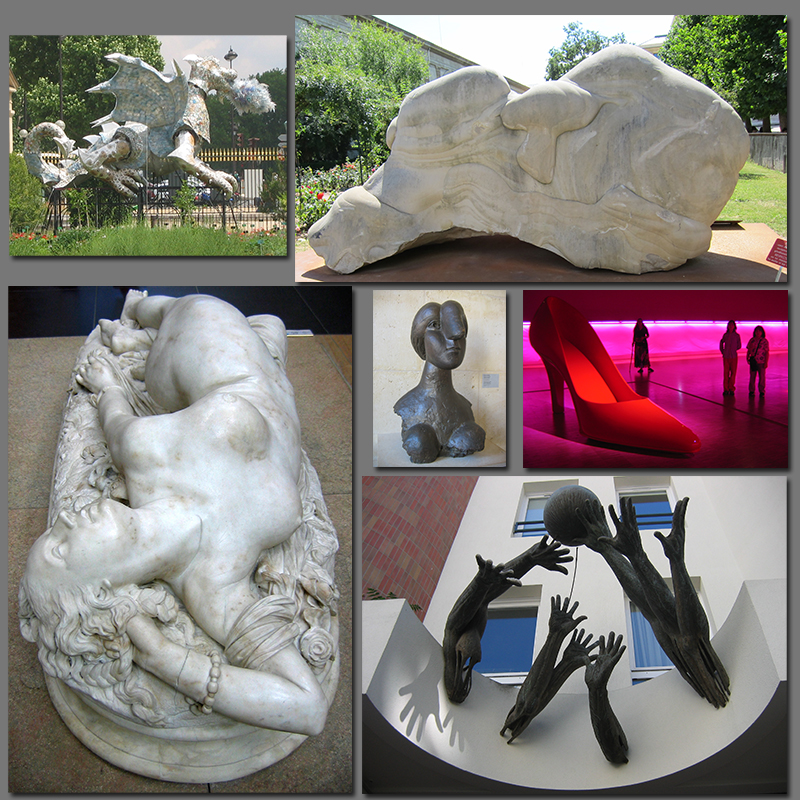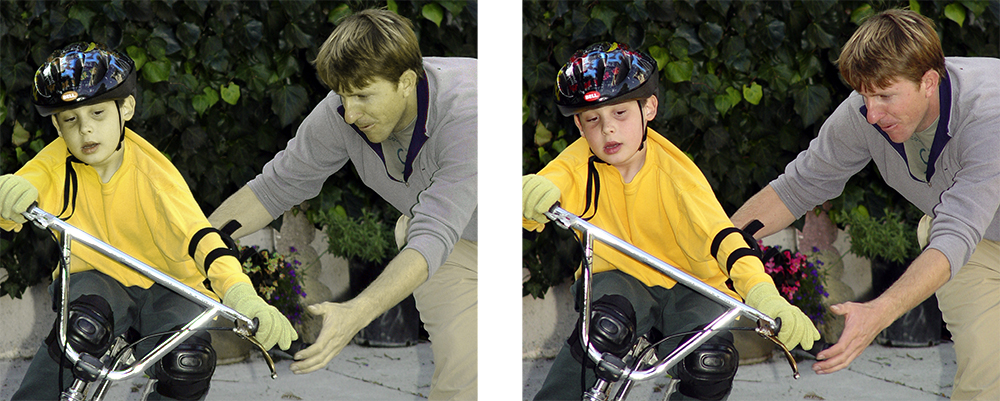Recession is an interesting prism by which to examine our modern society. The scarcity of jobs a century ago, led to an abolishment of child labor, an extension of the educational system to accommodate these out-of-work children, and a development of new laws to serve them. Most importantly, dire economic conditions were the direct cause behind the “discovery” of a new stage of life: adolescence. The current economic hardship is particularly difficult on the 18 to 30 demographic. These “adults” are struggling to find jobs, life-long relationships, educational opportunities, and self-fulfillment. The term failure to launch is coined to describe the restlessness and ambiguity felt by this population. Dr. Jeffrey J. Arnett describes this phase of life as emerging adulthood: “Instead of entering marriage and parenthood in their very early twenties, most people now postpone these transitions until at least their late twenties, and spend their late teens through their mid-twenties in self-focused exploration as they try out different possibilities in love and work. Essentially, a new developmental stage has been created between adolescence and young adulthood.” [http://www.jeffreyarnett.com] Dr. Arnett discusses the internal traits that define his newly-proposed phase of life: identity exploration instability in work, relationships, living circumstances self-focus…
Anchoring Errors, Diagnostic Errors, Group Decision Errors, Mirroring Errors, Pipsqueak Articles
Jury & Group Dynamics
by Olga Werby •
Background Knowledge, Background Knowledge Errors, Pipsqueak Articles
Categorization & Context
by Olga Werby •

What is art? Do the objects in the images above form a category of “sculpture”? In Kindergarten, young students are taught a game: every kid brings an object to class; each student is asked to create two piles—the “in” group and “out” group—based on his/her own imagined set of rules; the other children guess the rules that make the category. It’s a great game. A collection of 20 objects can be sorted a staggeringly large number of ways: by color, by size, by use, by ownership, by gender, by taste, by feel, by name, by materials used in manufacturing, by the degree of fun, by shape, by temperature, by degree of reflectiveness or transparency, by the feelings they inspire, by history, by age, by weight, by dimensions, by utility, by the maker, by origin, or any other trait or combination of traits. This is a task that’s truly shaped by imagination. Categorization is a work of creativity. Guessing the rules of categorization is deductive reasoning at its best—scientists, detectives, and doctors do it everyday. But unlike the Kindergarten game, there’s usually no one to tell when the guess is wrong. How we perceive a group of objects depends on the…
Cultural Bias, Cultural Differences, Ethnographic & User Data, Pipsqueak Articles, Product Design Strategy
Space-Time Changes in Cultural Variables
by Olga Werby •
Some designs are timeless, some are dated. TV shows, movies, books, and even Web sites change as both technologies driving the medium change and as our sensibilities as consumers alter in time. Cultural shock is easy to spot as we move globe trot, searching for new experiences. But cultural shock is just as easy to get at home, watching old commercials and movies. As product designers, we want to find those attributes that will stand the course of time and space. The need for innovation and push to grab the most number of users makes evolutionary design less and less appealing. But it’s the “hammers” of the world that retain their value long after the newest fads have come and gone. A product that is build as an answer to a specific, human need, stands the test of space-time utility.
Cognitive Blindness, Errors, Featured, Interface Design, Perception, Pipsqueak Articles
Color Blind Design
by Olga Werby •

Do you see any difference between these two images? About 10% of the male population (with up to 20% among some ethnic groups) do not. Do differences in the way individuals perceive and process color information matter? Sometimes… Consider this informational graphic: It’s easy to see how the information contained within this chart has been transformed and no longer carries the same meaning. Which is the right one? When designing information for communication, it’s important to consider the totality of the intended audience: What are their strength? What are their limitations? Like cognitive traits, perceptual differences have to be accommodated by good design. Some issues that individuals with deuteranope deficit (red/green confusion) face is inability to tell the difference between colored items that are too thin (lines), point sources, and blinking lights (think traffic lights blinking green or yellow). These problems effect real-life performance and can lead to accidents: think traffic light color confusion. It is the job of a product designer to reduce the difficulties these individuals face. You can use this URL to check your site for color blind usability: http://www.vischeck.com/vischeck/vischeckURL.php
Background Knowledge, Background Knowledge Errors, Diagnostic Errors, Perception, Pipsqueak Articles, Users
Distilling Information
by Olga Werby •

When it comes to my students’ participation in this blog, it’s all about distilling information found in the news to something product designers in our midst would find useful, on a practical level. Consider the illustration below. We see a person’s face (mine in this case). We can describe some of the features. But what do we actually remember? Remembering complex visual information is hard—too many details. Recalling a drawing is easier. That’s because an artist already distilled the complexity into its essential parts—only those details that are required to remind us of a particular individual are included in the rendering. We are all pretty good at judging wether a portrait looks like the person it was intended to represent. We can quickly say if it does or if it doesn’t. But it would be difficult to explain what details in the illustration make the likeness or what’s missing from the drawing that didn’t hit its mark. Distillation of information is hard. Some people are good at it, some are not. It’s an acquired skill. And each category (e.g. sensory like visual, audio, tactile or knowledge-based like physics, economics, biology) requires its own training and its own set of talents.…
Background Knowledge Errors, Pipsqueak Articles
Complex Nonlinguistic Auditory Processing
by Olga Werby •
aka Music. Today, I read a short interview on New York Times where Aniruddh D. Patel answers a few questions about his research into the neuroscience of music. The interview was pretty entertaining—we’ve all seen the YouTube video of a dancing cockatoo. But what got me was the last line on the difficulties of getting funding for research. In particular, getting money to study music was just not possible. So to keep his scientific research sounding like serious science, Dr. Robert Zatorre, one of the founding fathers of this field, used to write “complex nonlinguistic auditory processing” every place the word “music” should have been. To avoid structural research failure, Dr. Zatorre resorted to linguistic manipulation. And it worked! “Exploring Music’s Hold on the Mind: a Conversation with Aniruddh D. Patel,” written for New York Times by Claudia Dreifus, and published on May 31, 2010.
